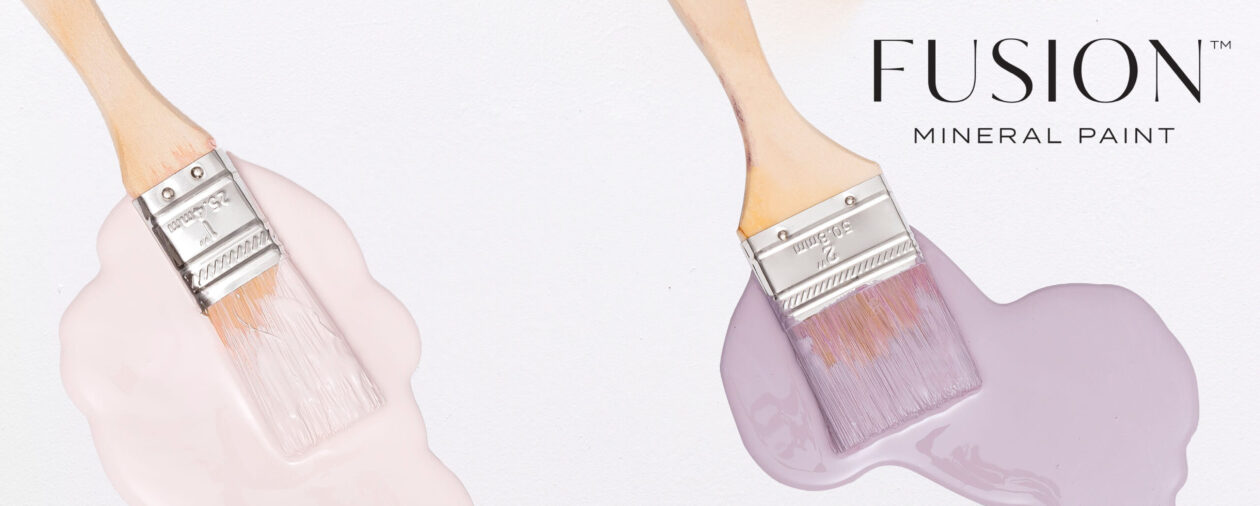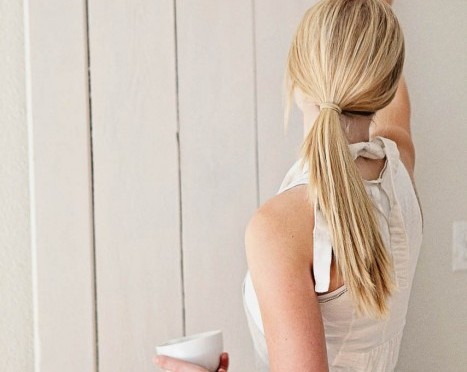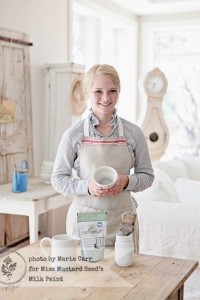
A brief history of Milk Paint.
Many people make the mistake of thinking that Milk paint is something new. On the contrary. Milk Paints which are also referred to as Casein paints have been used for thousands of years. Originally it was made with coal, berries and milk, all of which were easily available. There is even evidence of milk paint dating back 30,000 years in cave paintings in Australia and was also found in King Tutankhamun’s tomb. The paint was commonly used to aid creative self-expression, as well as a protective coating on furniture and porous surfaces. Milk is considered simple to make, with the primary components being milk,lime,chalk and earthen pigments found in clay.
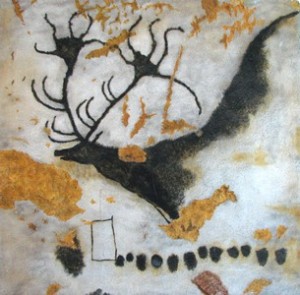
Milk paint was used in all geographic areas of the ancient world, due to its simple recipe and availability of the ingredients. People of different geographic areas and time periods experimented with the simple milk paint recipe to make more colours and increase the decorative longevity of painted objects. Casein, a protein found in milk, remained the primary ingredient for all milk paint recipes. Ingredients, which were often added to the milk paint formula, each with varying results, included olive oil, eggs, wax,linseed oil, and glue made from animal hides.
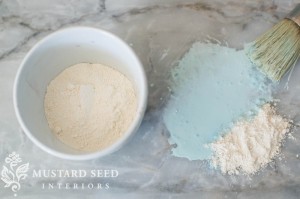
Artists in colonial America packed paint pigments and a lime with them as they explored the new land in search of inspiration. Once an artist discovered a setting or an object to paint, they would buy milk from a local farm to mix their paint. Furniture makers from the same period also used milk paint in soft pastel colours in their designs.
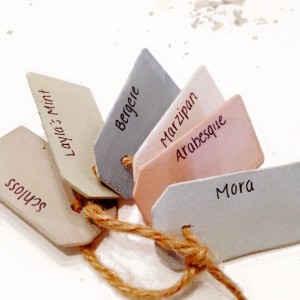
During the Civil war period, a patent was given for a metal can with a firmly attached top for paints. This invention began the commercialisation of paint making. Paint could now be made quickly in large quantities for shipping around the country. The manufactured paint was oil based, causing a decrease in the use of milk paint. The protein in the milk would spoil if stored in the metal containers, and was not a viable option for mass production. The casein milk protein was sometimes mixed with chemicals and could be stored for longer periods of time, but was not considered true milk paint. Chemicals such as ammonia and borax were used in the commercially produced oil-based paint with a small level of milk protein added to the mixture.
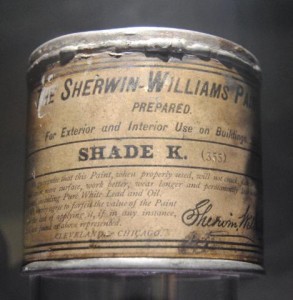
Chemists discovered during World War 2 that lead and mercury found in many paints were dangerous to humans. This discovery led paint companies to reconfigure oil-based paint recipes. Growing public demand for preserving the environment and reducing toxins prompted a change in the way many products were produced and packaged. Laws were passed to eliminate the use of lead and mercury in paint. In 1985, Homestead House Paint Company was formed to create an earth and human friendly alternative to toxins in commercial paint. The current recipe for milk paint is produced as a “green” alternative to commercial paint.
Milk Paint is easily applied to porous surfaces such as bare wood, plaster, concrete etc. Now with the newly developed Milk Paint Bond furniture, metal, glass,and more can be painted with Milk Paint. Milk Paint provides a completely breathable coating and is ideal for painting plaster walls, ceilings, straw bale homes, furniture etc. It can be used to paint interior or exterior without peeling.Being slightly alkaline it also inhibits the growth of mould and mildew.
Milk Paint will produce a solid colour or a stain depending on the amount of water used when mixed. Colours can be intermixed for custom shades.
Since Milk Paint dries so quickly, 30 – 40 minutes, you are able to finish your project quite quickly.You can layer as many different colours of milk paint as you like which is most favourable when doing a distressed or antiqued look.
Milk Paint can be sealed with a finishing product such as Hemp Oil, Wax, or a varnish/polyurethane for extra protection on furniture. The colours are formulated to appear as they are on colour cards / colour board once your project has been sealed; left unsealed it will appear chalky. It is always recommended to do a test to ensure that you like the colour before painting your project.
Milk Paint is available to buy in France from La Deuxième Chance.
[bigContact form=on phones=on emails=on hours=on map=on]
